Table of Contents
THE GANG PARADOX
STUDIES IN TRANSGRESSION
Editor: David Brotherton
Founding Editor: Jock Young
The Studies in Transgression series will present a range of exciting new crime-related titles that offer an alternative to the mainstream, mostly positivistic approaches to social problems in the United States and beyond. The series will raise awareness of key crime-related issues and explore challenging research topics in an interdisciplinary way. Where possible, books in the series will allow the global voiceless to have their views heard, offering analyses of human subjects who have too often been marginalized and pathologized. Further, series authors will suggest ways to influence public policy. The editors welcome new as well as experienced authors who can write innovatively and accessibly. We anticipate that these books will appeal to those working within criminology, criminal justice, sociology, or related disciplines, as well as the educated public.
Terry Williams and Trevor B. Milton, The Con Men: Hustling in New York City
Christopher P. Dum, Exiled in America: Life on the Margins in a Residential Motel
Mark S. Hamm and Ramn Spaaij, The Age of Lone Wolf Terrorism
Peter J. Marina, Down and Out in New Orleans
David C. Brotherton and Philip Kretsedemas, editors, Immigration Policy in the Age of Punishment
THE GANG PARADOX
Inequalities and Miracles on the U.S.-Mexico Border
Robert J. Durn
Columbia University Press

New York
Columbia University Press
Publishers Since 1893
New York Chichester, West Sussex
cup.columbia.edu
Copyright 2018 Columbia University Press
All rights reserved
E-ISBN 978-0-231-54343-9
Library of Congress Cataloging-in-Publication Data
Names: Durn, Robert J., author.
Title: The gang paradox : inequalities and miracles on the U.S.-Mexico border / Robert J. Durn.
Description: New York : Columbia University Press, 2018. | Includes bibliographical references and index.
Identifiers: LCCN 2018019751 | ISBN 9780231181068 (cloth : alk. paper) | ISBN 9780231181075 (pbk. : alk. paper) | ISBN 9780231543439 (e-book)
Subjects: LCSH: GangsMexican-American Border Region. | CrimeMexican-American Border Region. | YouthMexican-American Border RegionSocial conditions. | Mexican-American Border RegionSocial conditions.
Classification: LCC HV6439.M58 D87 2018 | DDC 364.106/609721dc23
LC record available at https://lccn.loc.gov/2018019751
A Columbia University Press E-book.
CUP would be pleased to hear about your reading experience with this e-book at .
Cover design: Milenda Nan Ok Lee
Cover art: Mural by Francisco Delgado. Director: Mauricio Olague and Bowie High School Students.
To the residents of Aztln, particularly those living in Nuevo Mexico and El Chuco, and the struggle for justice!
Contents
Figures
Tables
Id like to first thank the residents of Anthony, Chaparral, Columbus, Deming, Doa Ana, El Paso, Hatch, Las Cruces, Lordsburg, Silver City, and Sunland Park for providing me a space to learn about issues of colonization, border politics, crime control, gangs, and the struggle to improve the lives of our children. Id like to express my gratitude to Jennifer Perillo, Stephen Wesley, Eric Schwartz, Lowell Frye, Milenda Nan Ok Lee, Marielle Poss, and Columbia University Press for supporting this second book project. My thanks go to the blind reviewers and their feedback in improving this final product. I am indebted to several gang scholars who have studied gangs for decades and have continued to provide me individualized mentorship (John Hagedorn, Joan Moore, Avelardo Valdez, David Brotherton, and James Diego Vigil). I thank my scholarly mentors at Weber State University (Brenda Marsteller Kowalewski, Daniel T. Gallegos, Marjukka Ollilainen, Robert Reynolds, and Huiying Wei Hill) and at the University of Colorado (Patti Adler, Joanne Belknap, Arturo Aldama, Tom Mayer, and Robert Regoli). My admiration goes to the activists of Denver (Ernesto Vigil, Shareef Aleem, Rudy Balles, Leroy Lemos, Earl Armstrong, Doug Vaughan, Steve and Vicki Nash), and my appreciation goes to my friends in graduate school who kept me sane (Marcos Martinez, Robert Muoz, Lori Peek, Patrick De Walt, and Ted Young).
I stand in solidarity with my colleagues from New Mexico State University (NMSU), where I lived and worked for eight years. I am grateful to Carlos and Mayra Posadas, Cynthia Bejarano and Jeff Shepherd, Spencer and Jessica Herrera, Romina Pacheco and Pierre Orelus, RJ Maratea, Dulcinea Lara, Christina Medina, William Eamon, Rudolfo Chvez Chvez, Hermn Garca, Cristobal Rodriguez, Christina Chavez Kelley, Viola Fuentes, Daniel Villa, William Quintana, Antonio Lara, Ren Casillas, Lou-Vicente Reyes, Luis Vzquez, Jennie Luna, Rodrigo Mora, Breeana Sylvas, Tom Winfree, Larry Mays, David Keys, and Waded Cruzado. I thank my graduate research assistants at NMSU (Samantha Slim, Wesley Patterson, Lisa Wright, Seitu Porter-Robinson, Israel De La Rosa, and Steven Gregory). Several graduate students, including Maria Bordt (University of Tennessee-Knoxville), Wesley Patterson, Seitu Porter-Robinson, and Charlene Shroulote Durn (New Mexico State University), served as assistant editors for the gang update technical reports, from which excerpts were provided in . I thank my social justiceoriented and critical colleagues at the University of Tennessee (20142018) and Texas A&M University (2018present) in the Departments of Sociology. Much respect and gratitude goes to my mentoring networks, including the Racial Democracy Crime and Justice Network, Latina/o Criminologists, Division on People of Color and Crime, Hispanic Faculty and Staff Caucus at NMSU, Interdisciplinary Research Training Institute, National Hispanic Science Network, and the Law and Society Association. I thank the scholars who have reviewed and given me feedback and support for my scholarship over the years, ensuring that I could remain in academia (David Brotherton, John Hagedorn, Aaron Kupchik, Ramiro Martinez, Jody Miller, Alfredo Mirand, Wilson Palacios, Anthony Peguero, Ruth Peterson, Martn Urbina, and Avelardo Valdez).
I am thankful for the primary data resources housed at El Paso Public Library, NMSU Library, University of Texas at El Paso Library, and from professional associates in District Three, District Six, and from those with the State of New Mexico, for data involving schools, law enforcement, juvenile probation, and district attorney offices. Partial funding for the research developed in this book came from NMSUs College of Arts and Sciences, University of Tennessee start-up research funds, and consulting contracts obtained from District Three, District Six, and the Children, Youth and Families Department of the State of New Mexico. All appreciation goes to Judge Fernando Macias for advocating on behalf of the importance of these studies and for securing grant funding. Id like to thank the artist Francisco Delgado, Director Mauricio Olague, and Bowie High School students for the Sagrado Corazon mural image on the books cover. A section of appeared in Race and Justice: An International Journal. The original articles were written with my friend and colleague Carlos Posadas.
Finally, none of this work could occur without the support of my wife Charlene and our four children: Jazmine, Doroteo, Jocelyn, and Justice. My familia and my ancestry in Nuevo Mexico continues to inspire me, as well as my parents efforts to ensure I received the encouragement to push forward with my education. Here is to challenging generations of exclusion!



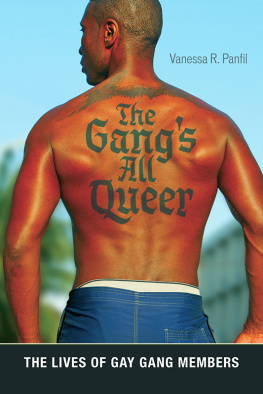
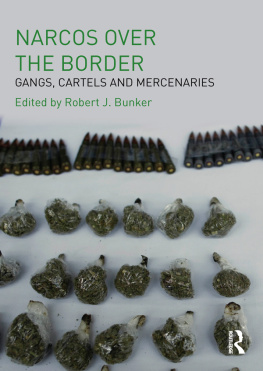

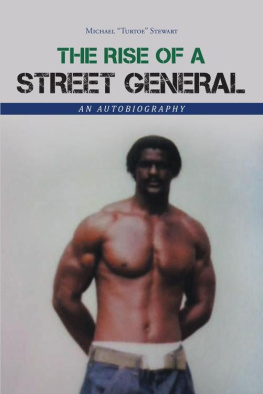
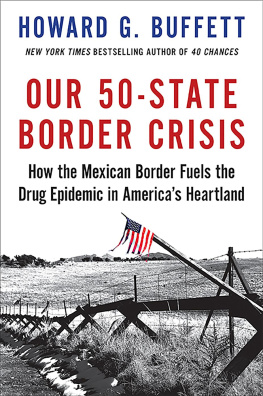
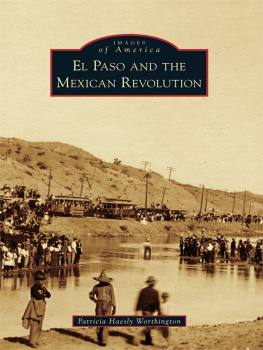
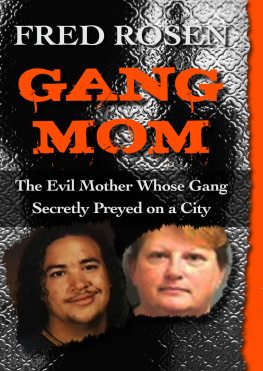

 New York
New York